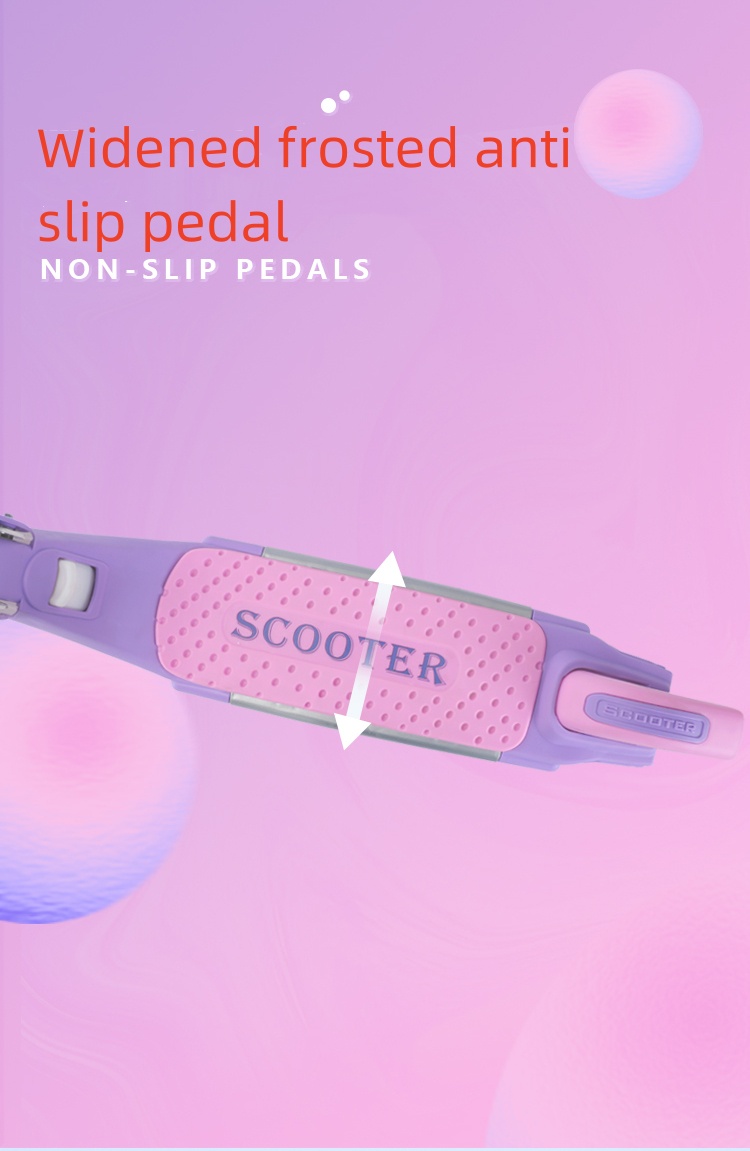დეკ . 25, 2024 05:00 Back to list
brake drum thickness
Understanding Brake Drum Thickness Importance and Maintenance
Brake drums are a critical component of a vehicle's braking system, especially in older vehicles and trucks that utilize drum brakes. The thickness of the brake drum plays a vital role in overall braking efficiency, safety, and performance. This article aims to delve into the importance of brake drum thickness, how it affects vehicle performance, and best practices for maintenance.
What is Brake Drum Thickness?
Brake drum thickness refers to the measurement of material that composes the brake drum, which is the part of the vehicle's braking system where the brake shoes press against to slow down or stop the vehicle. Over time, the brake drum can wear down due to repeated friction and heat generated during braking. Maintaining the correct thickness is key to ensuring optimal braking performance and safety.
Importance of Proper Brake Drum Thickness
1. Safety The primary function of brake drums is to provide a reliable surface for brake shoes to make contact and create friction, which slows or stops the vehicle. If the brake drum is too thin, it may not provide adequate surface area for the shoes to grip, leading to uneven braking, increased stopping distances, and potentially dangerous driving conditions.
2. Heat Dissipation Brake drums are designed to dissipate heat generated during braking. A thicker brake drum can absorb and radiate heat more effectively, reducing the risk of brake fade. Brake fade occurs when the drums become too hot, causing them to lose effectiveness. Ensuring the drum is within manufacturer specifications helps maintain a stable temperature during operation.
3. Durability Thicker brake drums are generally more durable and better able to withstand the stresses of braking. As they wear down, they may develop cracks or warping, which can severely compromise braking efficiency. Regular inspections can help identify issues before they lead to complete brake failure.
4. Cost Efficiency Maintaining the correct brake drum thickness can save money in the long run. Replacing worn drums can be costly, and if neglected, it may lead to additional damage to other braking components such as brake shoes and wheel cylinders. Proper care and attention can extend the lifespan of these components.
Measuring Brake Drum Thickness
To ensure that brake drums are within the manufacturer's specified thickness, regular checks are necessary. This typically involves measuring the drum with calipers. Most manufacturers provide a minimum thickness specification for their brake drums; when drums wear down to this minimum thickness, they should be machined or replaced.
brake drum thickness

Signs of Worn Brake Drums
Drivers should pay attention to several warning signs that may indicate worn brake drums. These include
- Decreased Braking Performance If you notice that your vehicle takes longer to stop or requires more pressure on the brake pedal, it may be due to worn brake drums.
- Vibrations During Braking A warped or damaged drum can lead to vibrations in the braking system. This not only affects comfort but can also indicate a serious issue.
- Unusual Noises Squeaking or grinding noises when braking could denote that the brake shoes are worn and making direct contact with the drum, which can lead to irreversible damage.
Best Practices for Maintenance
1. Regular Inspections Schedule regular inspections of your vehicle's braking system, particularly if it is older or has been subjected to heavy use.
2. Monitor Brake Feel Pay attention to how your brakes feel during operation. If something seems off, have it checked immediately.
3. Replace Worn Components If the brake drum is below the minimum thickness or shows signs of severe wear, it’s essential to replace it promptly.
4. Consult Professionals When in doubt, consult a professional mechanic who can provide a thorough assessment and recommend necessary repairs or replacements.
In conclusion, brake drum thickness is a crucial aspect of vehicle safety and performance. Understanding its importance, keeping an eye out for warning signs, and adhering to proper maintenance practices can help ensure that your vehicle remains safe and reliable on the road. Remember, your brakes are your first line of defense, and investing in their care is vital for your safety and that of others.
-
Genuine Nissan Brake Drums | OEM Fit & Performance
NewsAug.09,2025
-
Seamless International Solutions for Global Business & Travel
NewsAug.08,2025
-
Premium Volvo Brake Drums: Truck, Semi & VNL Performance Parts
NewsAug.07,2025
-
BPW Axles & Suspensions | Quality Running Gear for Trailers
NewsAug.06,2025
-
Premium Iveco Brake Drum - Durable & Reliable Performance
NewsAug.05,2025
-
High-Performance Nissan Brake Drum | Durable Braking
NewsAug.03,2025
